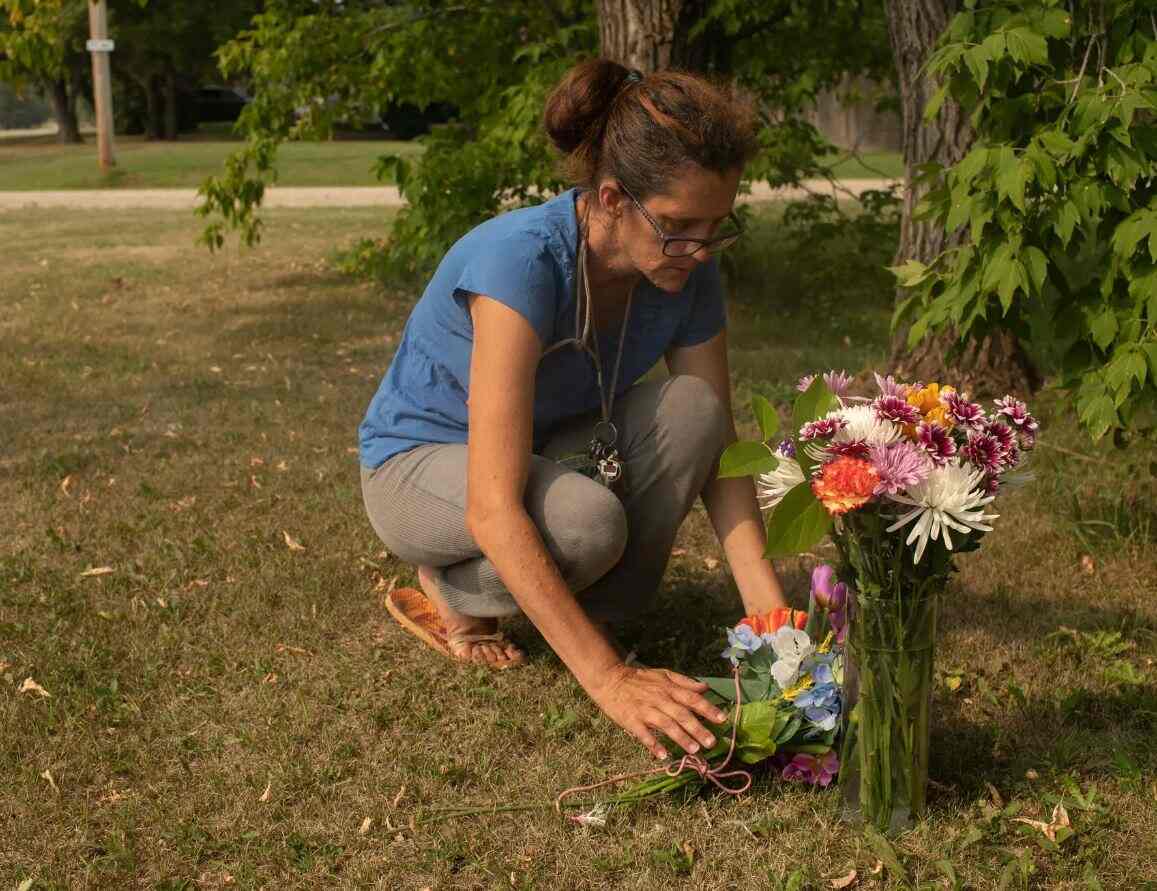At 5:40 a.m. on Sunday, the tragedy unfolded after police in the western Canadian province of Saskatchewan received a complaint of a stabbing on a remote Indigenous reserve. Hours later, when the killing spree ended, authorities reported 10 deaths and 18 injuries, some of whom seemed to be picked at random.
The Royal Canadian Mounted Police said on Monday that Damien Sanderson, one of two suspects in the mass murders, was discovered dead in a grassy area near a residence being probed in connection with the assaults on the Cree Nation reserve. His wounds were ruled to be not self-inflicted.
The police said they were still looking for his brother, Myles Sanderson, who may have also been hurt and gone to get treatment. They warned the public to be on guard since Myles Sanderson has a significant criminal history.
There was talk that Damien Sanderson’s brother could have been responsible for his death, and the police confirmed that they were looking into the circumstances surrounding his death.
Saskatchewan Crime Stoppers said that Myles Sanderson was already on their wanted list before to Sunday’s assaults, while specifics regarding the individuals and their motivation remained sketchy.
One of the deadliest mass massacres in recent memory, the events at the James Smith Cree Nation and a neighbouring community named Weldon echoed throughout Canada, a nation that takes great pleasure in its reputation for decency.
Ivor Wayne Burns, a local who lives on the reservation and who lost a sibling in the tragedy, said, “It stings, it aches.” His sister, Gloria Lydia Burns, was 61 years old.
The prairies of Canada are a picturesque area noted for its undulating scenery and thriving agricultural sector. On Monday, though, Saskatchewan’s 1.2 million citizens woke up to find their province at the centre of international attention. When both of them were still at large, tensions across the province were high.
Ruby Works, a local of Weldon, stated, “I was scared to go to sleep last night” since her close friend, an elderly guy who was a bird lover, had been slain in the incident. Ms. Works, 42, said that on Sunday she went outside to hunt for her missing cat and was advised by an officer to return inside.
Residents of Weldon, a town of 160 people dominated by two massive grain elevators, reported widespread worry, sadness, and panic after the assault. Half of the residents of this little hamlet (whose total area is less than one square mile) are seniors.
Those who live in this village of dirt roads and bungalows attest that it’s the kind of place where everyone is familiar with one another.
Another local, April Audette, revealed that she locked her doors for the first time ever the night before because her 12-year-old daughter requested her to.
Mr. Burns, who claims to have family ties to the criminals, said, “Right now there’s mayhem, there’s absolute chaos.”
His sister, who was a member of a community crisis response team, was among the three people discovered laying in a driveway.
Gloria Lydia Burns is raising her four nephews after their mother passed away, according to Darryl Burns, another brother who also resides on the reserve.
In a country where violence and institutional prejudice against Indigenous people are ongoing issues, the assault hit especially close to home in Indigenous communities.
Newly discovered graves of children at a former residential school in British Columbia last year contributed to the topic receiving more attention and being a subject of national reckoning in recent years. The church-run schools were notorious for decades of horrible physical and sexual abuse of Indigenous children who were compelled to attend. The schools were the sites of many deaths.
Most Canadians were off work on Monday for Labor Day, but news of the murders dominated the airwaves throughout the nation. A crimson banner emblazoned with the words “Saskatchewan Mass Murder” accompanied the CBC, the country’s main broadcaster, on television as they reported on the tragedy. How and why could this happen here, many wondered.
Canada’s Prime Minister Justin Trudeau issued a short statement on Monday afternoon in which he expressed his “horror and devastation” at the attacks. He said that flags on the Peace Tower in Ottawa and other federal buildings in Saskatchewan were lowered to half-staff.
Saskatchewanites and Canadians will respond as they always have in times of distress and crisis: by pulling together. We will support one another and our communities as a whole during this difficult time by leaning on one another as we all go through our grief and recovery.
Residents of the James Smith Cree Nation and Weldon were warned to stay indoors by Canadian authorities while hundreds of police officers conducted community patrols and searched 13 crime locations for clues. As hundreds of people had congregated in Regina, Saskatchewan’s capital city, on Sunday for a Labor Day football game, the search was stretched about 200 kilometres south.
The police had previously warned that Damien Sanderson’s killers were likely hiding in Regina before making the announcement of his death.
The two individuals were arrested and charged with first-degree attempted murder and breaking and entering, according to a statement released by the Royal Canadian Mounted Police.
There were 28 victims of knife violence. Many of the injured were flown to Saskatoon’s Royal University Hospital, the region’s premier trauma facility.
The Indigenous people of Saskatchewan have been firmly established in the region for countless generations. The City of Regina claims the area was historically significant for bison hunting. About 1,900 of the 3,412 members of the James Smith Cree Nation live on the reserve; the province is home to an estimated 175,000 Indigenous people.
